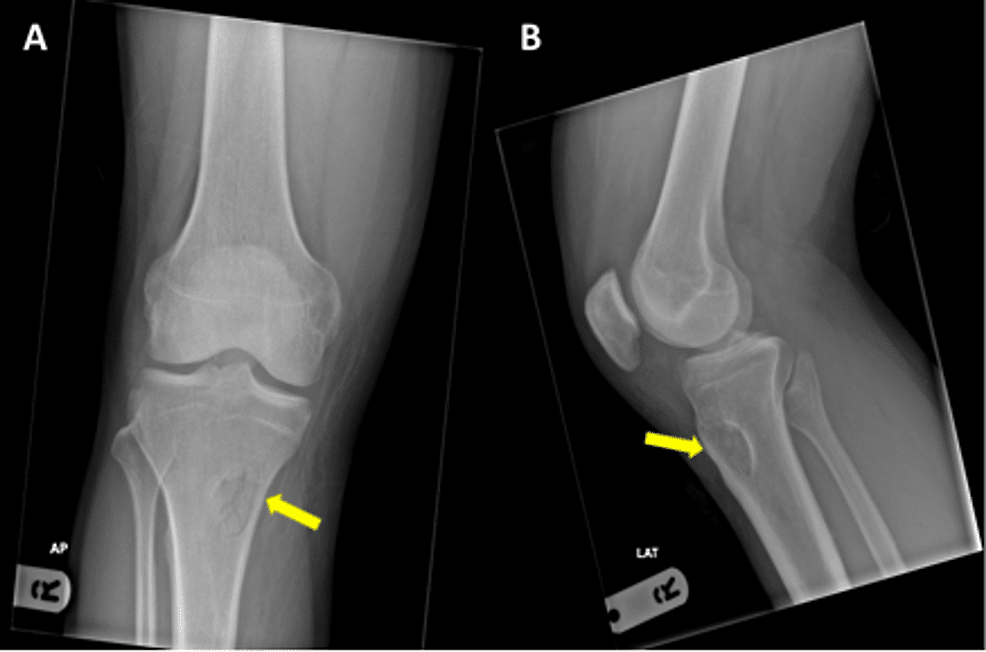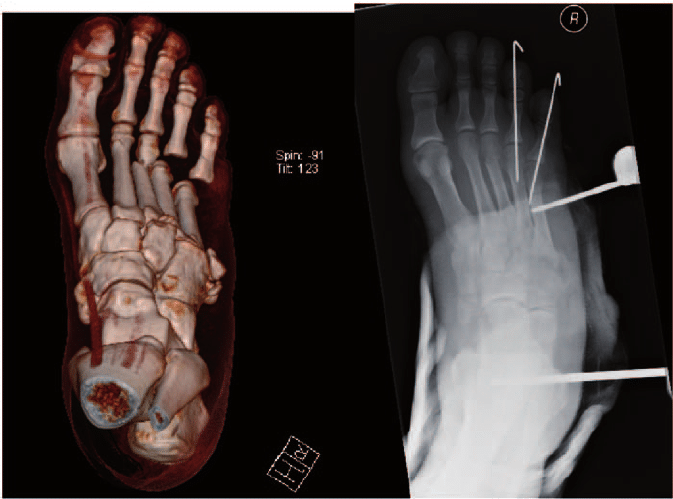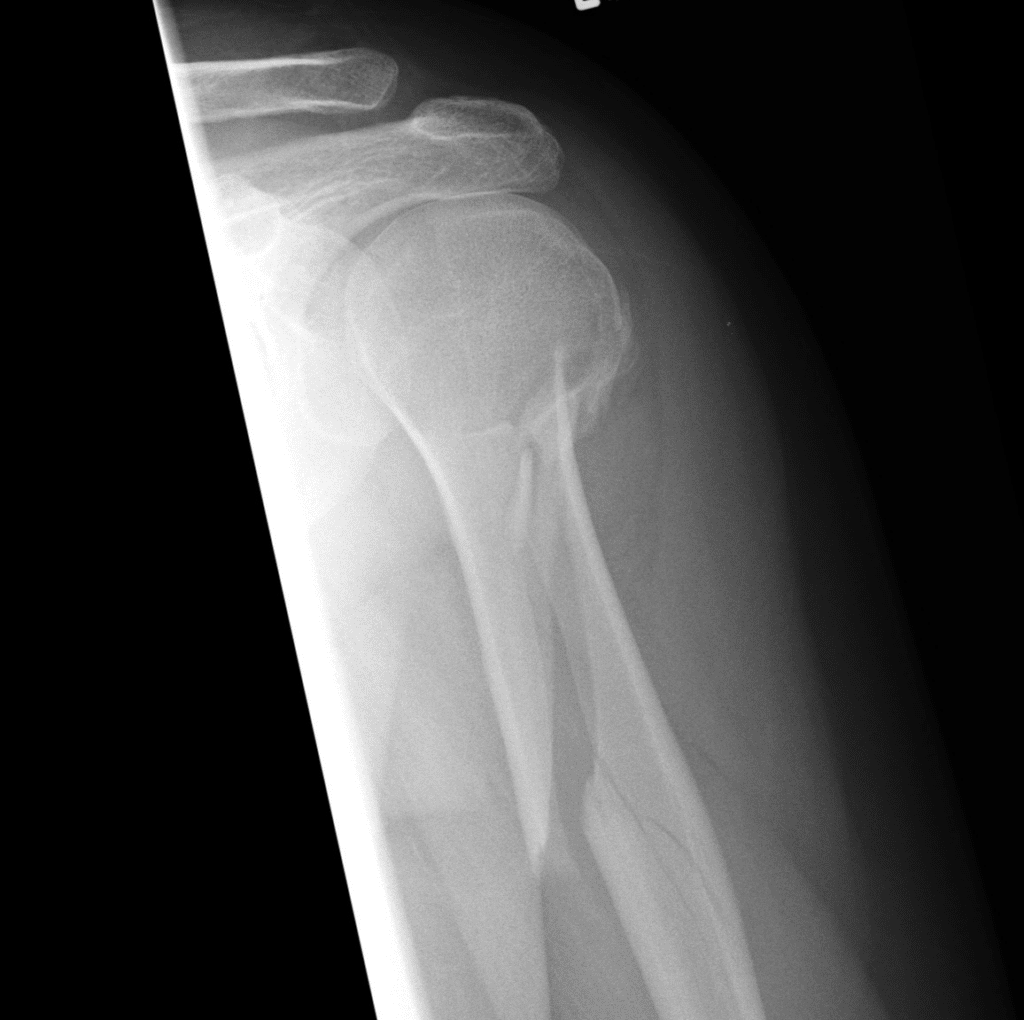In order for a bone to fracture, there must be some form of trauma applied to that bone. In blunt force trauma, there are two different forms of fractures: direct fractures and indirect fractures.
Direct Fractures
In discussing direct fractures, there are three different forms: focal, crushing and penetrating. The first fracture, under the direct category, is the focal fracture. This fracture occurs from a force applied to a small area of the body and may have little or no soft tissue injury over the site. An example of a focal fracture is the transverse fracture where the break runs at a right angle to the bone’s axis. This type of break is caused from blunt force or persistent forceful motion, such as running (i.e. Stress fracture).

A crushing fracture occurs when a large amount of force is applied to a larger area of the body, which leads to greater soft tissue injury. An example of a crushing fracture is the comminuted fracture. With the force that is applied in this type of fracture, a break in the skin with protruding bone can occur. This type of fracture is called a compound fracture.

The third direct fracture is the penetrating fracture. This type of fracture is seen where a large amount of force is applied to a small amount of body area. For example, this can be seen with a gunshot to the head where the bone is shattered below the skin, but there is minimal soft tissue damage.

Indirect Fractures
The indirect fractures are fractures that are distant from the actual application of force. These fractures are defined as traction, angulation, vertical compression, or rotational fractures. These fractures can also occur in combination with one another. These types of fractures can be seen with athletic activities where there is running and jumping and quick turning motions which place the rotational, angulation, traction and vertical forces on the bone.

A rotational injury can be seen in what is called a spiral fracture. This type of fracture can be seen in child abuse cases where the arm or leg of the child is twisted or rotated, and the bone then fractures due to the rotational stress.
To discuss your case, email or call Lori at (432) 661-3639 or fill out the contact form on this site.
Reference:
Lynch, V. (2006). Forensic nursing. St. Louis, MO: Elsevier Mosby. All images provided by The Doe Report.
